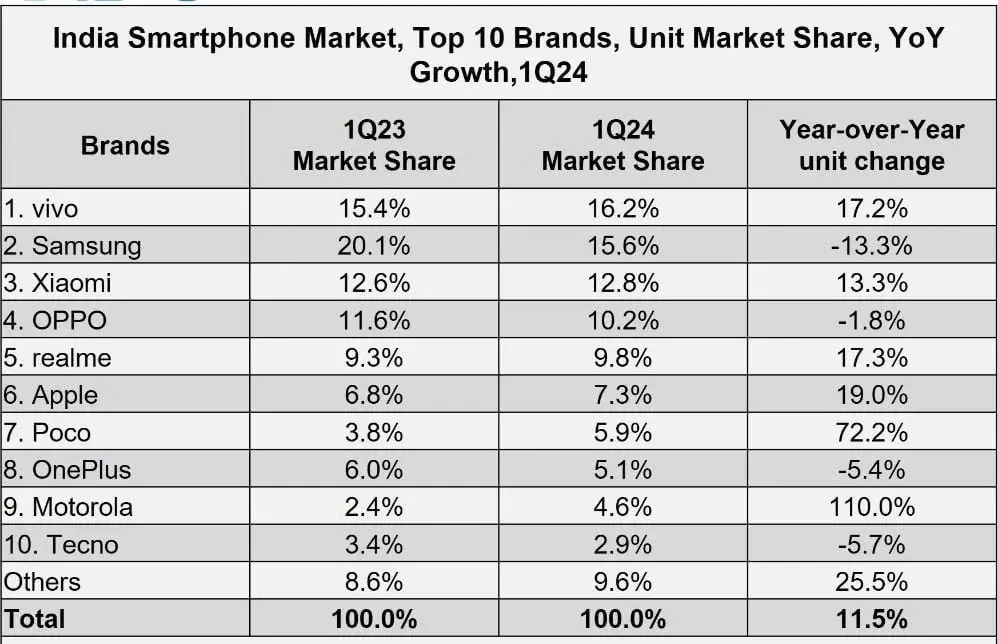Poco has officially announced the upcoming launch of its Poco F6 smartphone in India. Set for release on May 23rd, this device will be the first in the country to feature the Qualcomm Snapdragon 8s Gen 3 SoC.
Advanced Architecture and Performance
The Snapdragon 8s Gen 3 shares numerous architectural elements with the flagship Snapdragon 8 Gen 3. It includes the same Image Signal Processor (ISP), display, memory, and modem architecture. Additionally, it employs the robust Kryo “X4” core and is constructed using the 4nm TSMC fabrication process.
Moreover, the Snapdragon 8s Gen 3 supports an impressive 10 billion parameters and features such as multi-modal generative AI. It is also compatible with various large language models (LLMs) like Baichuan-7B, Llama 2, and Gemini Nano.
Benchmark and Competition
Regarding performance, Poco asserts that the F6 achieves a remarkable score of over 1.5 million points on the AnTuTu benchmark.
The smartphone is expected to compete directly with the forthcoming Realme GT 6T, which is also set to launch in India next week. The Realme GT 6T will feature a Snapdragon 7+ Gen 3 SoC and boasts a comparable AnTuTu score of 1.5 million.
Display and Camera Specifications
Speculation suggests that the Poco F6 might be a rebranded version of the Redmi Turbo 3, which debuted in China recently. If true, the device will likely sport a 6.67-inch 1.5K resolution OLED display with a 120Hz refresh rate.
In the camera department, the smartphone might include a primary 50MP sensor, presumably the Sony IMX-600, accompanied by an 8MP ultrawide sensor. The device is expected to be powered by a 5000mAh battery with support for 90W fast charging.















